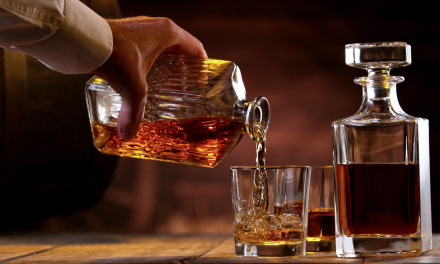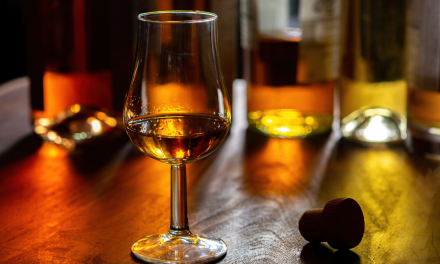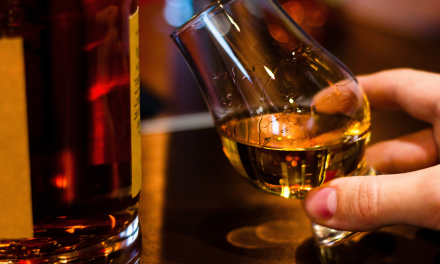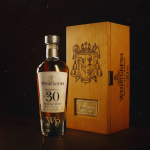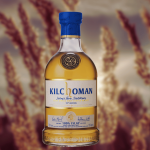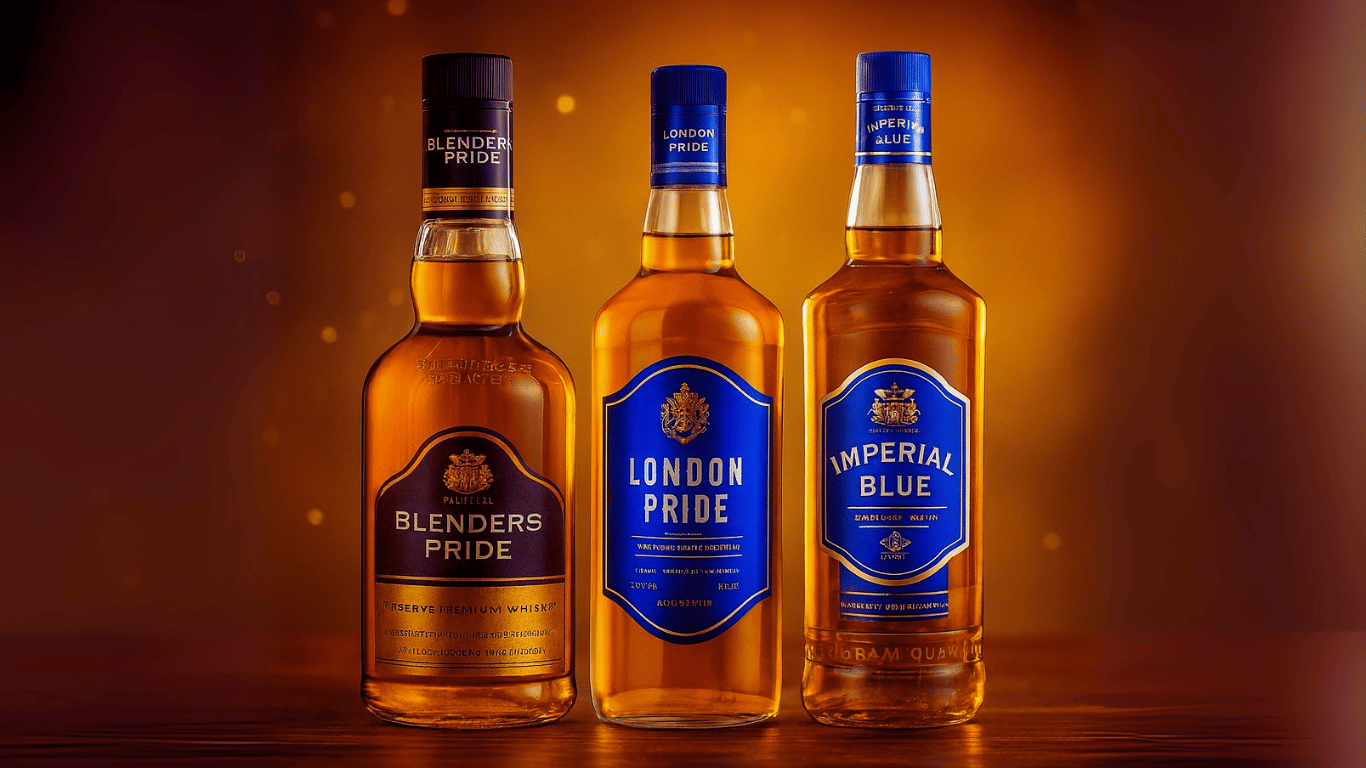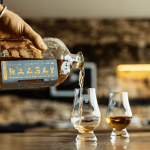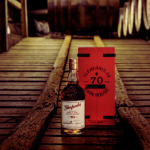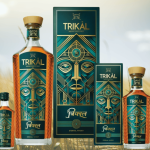Whiskey (or Whisky, depending on where it’s made) is a drink that has captivated the hearts of many for centuries. With its rich history and unique variations, whiskey is more than just a drink; it’s a reflection of culture, tradition, and craftsmanship. In this article, we’ll dive into the different types of whiskey, the age requirements, and the distinction between single malt and blended varieties. Along the way, we’ll also explore some other interesting facts about this timeless spirit.
Whiskey vs. Whisky: What’s the Difference?
The first point of confusion for many whiskey lovers is the spelling of the word itself. While both “whiskey” and “whisky” refer to the same spirit, the spelling depends on the country of origin.
- Whiskey with an “e” is used in Ireland and the United States.
- Whisky without the “e” is the preferred spelling in Scotland, Canada, and Japan.
This distinction is largely historical, rooted in the different countries’ production traditions. Regardless of spelling, both types share a similar base – fermented grain mash, which is distilled and aged in wooden casks.
Whiskey Types: Bourbon, Scotch, and Beyond
The world of whiskey is vast and varied. While many countries produce whiskey, the most notable styles include Bourbon, Scotch, and Irish Whiskey. Each type has unique characteristics that set it apart from the others.
- Bourbon: A distinctly American whiskey, primarily made from corn. By law, it must contain at least 51% corn and be aged in new, charred oak barrels. Bourbon tends to be sweeter than other whiskeys, with a flavor profile that often includes caramel, vanilla, and spice.
- Scotch Whisky: Originating from Scotland, Scotch whisky is usually made from malted barley. It must be aged in oak barrels for at least three years, but many premium Scotches are aged for much longer. Scotch comes in many varieties, such as single malt, blended malt, and blended Scotch whisky, each with its own character and depth of flavor.
- Irish Whiskey: Known for its smooth and triple-distilled qualities, Irish whiskey is often made from a combination of malted and unmalted barley. It’s generally lighter in flavor compared to Scotch, with a touch of sweetness.
The Importance of Age
One of the most important factors in the flavor of whiskey is its age. Aging whiskey in oak barrels allows it to mature and absorb flavors from the wood. The age of whiskey is typically marked in years, but what does this mean for the taste?
- Minimum Aging Requirements: In many countries, whiskey must be aged for a specific number of years before it can be officially called “whiskey.” For instance, bourbon must be aged for at least two years, while Scotch whisky requires a minimum of three years of aging.
- Aging Beyond Minimums: Whiskey that is aged beyond the minimum requirements tends to have more complex flavors. Longer aging often imparts a richer, smoother, and more nuanced profile, with woodier, spicier notes developing over time.
- The Influence of Environment: The environment plays a significant role in how whiskey ages. In warmer climates, such as Kentucky (for bourbon), whiskey can mature faster due to the increased interaction with the wood. In cooler climates, like Scotland, the process takes longer, resulting in different flavor profiles.
Single Malt vs. Blended Whiskey
Another distinction in the world of whiskey is between single malt and blended varieties.
- Single Malt Whiskey: As the name suggests, single malt whiskey is made from 100% malted barley and produced at a single distillery. This type of whiskey is often associated with higher quality, as it showcases the distinct characteristics of the distillery and the ingredients used. Single malts tend to have more complex, layered flavors, and they often come with a higher price tag due to the careful craftsmanship involved.
- Blended Whiskey: Blended whiskey is a mix of different types of whiskeys, usually combining malt whiskey with grain whiskey. Blended whiskey is more accessible and generally smoother, with the various flavors blending together to create a more harmonious taste. Some famous blended whiskeys include Johnnie Walker and Chivas Regal.
Other Interesting Whiskey Facts
- Whiskey Tasting: Whiskey tasting is an art in itself. To fully appreciate a good whiskey, you need to engage your senses. The nose, taste, and finish all play a role in identifying the complexities of the spirit. Whiskey enthusiasts often swirl the drink in their glass to release its aroma and take small sips to savor the different flavors.
- Whiskey and Food Pairings: Whiskey pairs wonderfully with many foods. Rich and smoky Scotch whiskies complement foods like smoked meats and cheeses, while lighter Irish whiskeys can be paired with lighter fare like seafood. Bourbon’s sweeter profile makes it a great match with desserts like chocolate and caramel.
- Cask Strength Whiskey: Some whiskeys are bottled at cask strength, meaning they’re not diluted with water after aging. These whiskeys pack a punch and are often more intense in flavor, providing an unfiltered experience of the spirit’s true character.
- Whiskey Collecting: Whiskey collecting has become an increasingly popular hobby. Some rare and vintage bottles, especially limited-edition releases, can fetch high prices at auctions. The world of whiskey collecting offers enthusiasts the chance to own a piece of whiskey history and enjoy its evolution over time.
Conclusion
Whiskey is a drink that offers a rich tapestry of flavors, stories, and traditions. From the distinction between whiskey and whisky to the various types like bourbon, Scotch, and Irish whiskey, there’s much to explore. Understanding the importance of aging, the difference between single malt and blended whiskey, and the art of tasting can enhance your appreciation of this iconic spirit. Whether you’re a connoisseur or just starting your whiskey journey, there’s always more to discover in the world of whiskey. Cheers!




